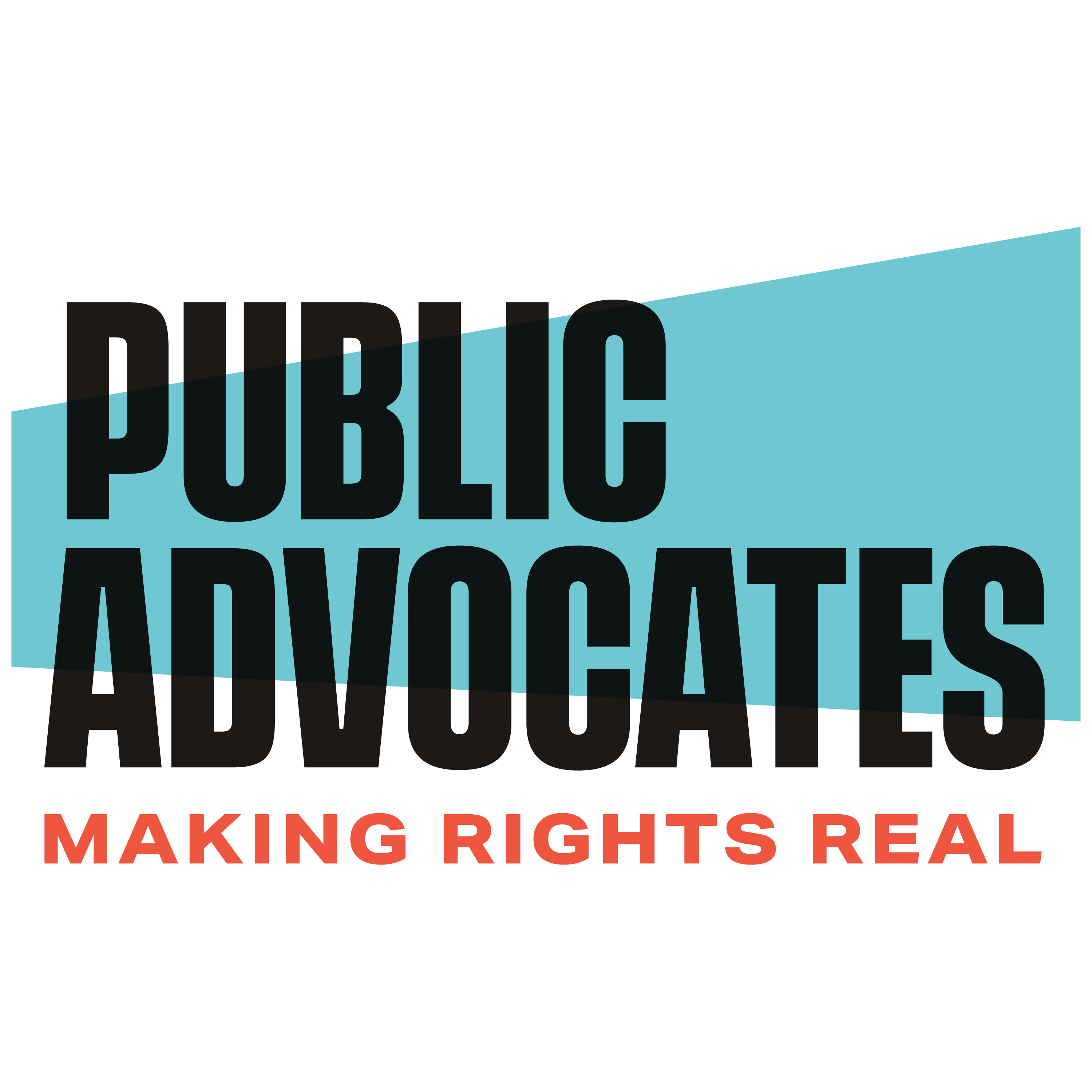April 15, 2019
In a matter of months, the idea of a transformative Green New Deal has generated widespread interest. Since Rep. Alexandria Ocasio-Cortez introduced H. Res. 109 on Feb. 7, millions of Americans are reading, thinking and talking about a bold solution to the climate crisis that would simultaneously rebuild our failing infrastructure, create millions of good-paying jobs, and dramatically reduce systemic racial injustices.
This conversation comes not a minute too soon. The scientific consensus holds that decisive action before 2030 will be necessary to prevent climate catastrophe. The impacts should we fail are truly apocalyptic. To name just two, they include mass displacement from the global regions most affected by climate change, and wildfires that will burn twice as much of California each year as they do today.
At the same time, the Green New Deal is the most significant opening for a profound conversation about racial justice since the original New Deal. As Michelle Alexander reminds us in The New Jim Crow, FDR’s New Deal “was designed to alleviate the suffering of poor people in the midst of the Depression, and blacks, the poorest of the poor, benefited disproportionately,” despite discrimination in the administration of some New Deal programs. (43)
Whether or not Congress adopts the Ocasio-Cortez resolution, or a parallel one introduced by Sen. Edward Markey (S. Res. 59), the grassroots conversation to imagine and create a Green New Deal (GND) is likely to pick up steam. And we as Californians have a unique role to play in that conversation. In part, that is because there is a real possibility that we could enact a GND at the local or statewide level. Cities from Los Angeles to Oakland have endorsed the resolution and identified next steps to begin to implement it locally, and a GND bill that builds on the federal resolutions, AB 1276 (Bonta), has been introduced in the California Legislature.
But there is another, equally important reason we in California will be crucial to the broader discussion. Through the climate investment program that accompanies California’s carbon cap-and-trade system, our state already has piloted a mini-GND. Each year, a billion or more dollars in cap-and-trade auction revenues flow through the Greenhouse Gas Reduction Fund (GGRF) into over 50 funding programs. Like the programs of an eventual GND, GGRF investments are intended to reduce carbon emissions while simultaneously delivering social and economic benefits, creating jobs, and “direct[ing] investment toward the most disadvantaged communities and households in the state.” In fact, California requires 35% of all auction revenues to benefit low-income residents and residents of disadvantaged communities. Since 2014, California’s climate investment program has raised $9.3 billion in cap-and-trade proceeds, of which $3.4 billion have hit the ground in communities across the state.
Lessons from California’s Climate Investment Program for a GND
The goals of a national Green New Deal, as proposed by the Congressional resolutions, map closely onto the quadruple-bottom-line framework of California’s program: (A) carbon neutrality and a just transition, (B) creation of millions of good-paying jobs, (C) investment in sustainable infrastructure, (D) achievement of a healthy and sustainable environment, and (E) “stopping current, preventing future, and repairing historic oppression” of “frontline and vulnerable communities.” Because of that close alignment, California’s “pilot” Green New Deal is rich in lessons for a truly transformative state or national GND.
Three successes in particular should be carried over wholesale into any GND. First, the GGRF works to overcome systemic injustice and historic underinvestment in low-income communities of color by directing over a third of revenues to benefit those communities. U.S. history is rife with examples of public investment — like the federal highway bill and urban renewal — that landed in disadvantaged communities but were more likely to harm residents than benefit them. The Funding Guidelines of the California Air Resources Board interrupt this pattern. They incorporate four criteria Public Advocates developed with our coalition partners to ensure no GGRF investment will count as benefiting a disadvantaged community or low-income resident unless it:
- Meets a need that the community has identified as a priority;
- Provides benefits that are significant, not merely incidental or “trickle down”;
- Targets its benefits primarily to lower-income residents; and
- Avoids harming residents (e.g, by displacing them, or exposing them to an unhealthy environment).
The centrality of community decision making will be critical to any GND, and California has shown the way to preventing the tragic errors of the past.
A second lesson is that investments that benefit low-income residents of disadvantaged communities very often do double-duty as effective strategies for reducing carbon emissions. To give just a few examples, funding more frequent bus service to connect low-income communities to work, education and other opportunities, reduces car trips that account for some 40% of California’s carbon emissions. Providing free transit passes does the same by increasing transit ridership. And building affordable housing near transit is a proven GHG reduction strategy, as low-income residents are high-propensity transit riders. All of these are eligible uses of GGRF funds, through climate investment programs like the Low Carbon Transit Operations program and the Affordable Housing and Sustainable Communities program.
A third important lesson is that climate investments need to be taken to scale, and focused on a full range of investments that a disadvantaged community identifies as priority unmet needs. This has been the approach of the Transformative Climate Communities program, which in 2016 directed $140 million to three of the state’s most disadvantaged communities, allowing local residents to select from a menu of GHG-reducing programs those that best meet local needs.
There have also been lessons in the delta column. First, comprehensive community-led decisionmaking has been elusive. New approaches, like Participatory Budgeting, have been incorporated into some pots of California funding, including the Transformative Climate Communities program; but truly community-driven decisionmaking is still a rarity.
Second, the GGRF’s track record of creating good paying jobs and filling them with low-income residents has been uneven. A GND will have to ensure that public funds both create millions of good-paying jobs, and fill them first with those most in need. The Congressional Resolutions point the way with a vision in which millions of working people who today are underemployed or unemployed will have the chance to contribute to a future in which all people and communities thrive. That vision includes not only the guarantee of a job “with a family-sustaining wage, adequate family and medical leave, paid vacations, and retirement security,” but of a union job, together with strong new protections for worker organizing.
That vision of protecting worker organizing is also closely connected to the power it will take to win a Green New Deal. The power that organized workers have when they take collective action to win not only dignity and respect on the job, but the common good of the community as a whole, has been demonstrated here in California by the recent economic and racial justice successes of teachers’ strikes in Los Angeles and Oakland.
Finally and most fundamentally, California’s mini-GND must be dramatically scaled up; $1-2 billion a year in revenues, while significant, is not nearly enough to bring transformation to disadvantaged communities across the state. Nor is it the decisive response to impending climate catastrophe that the resolutions in Congress envision when they call for a “ten-year mobilization” that will dramatically reduce GHG emissions while creating millions of good-paying jobs, providing needed public infrastructure and services, and overcoming systemic inequality and injustice.
Local Communities, Not Legislatures, Will Shape and Win a GND
Winning that massive mobilization of resources will require a mass mobilization of people. The concept of a GND has already captured the imagination and support of millions of Americans, as reflected in recent polling showing that 81% of registered voters support a Green New Deal, with bi-partisan majorities of both Republicans (64%) and Democrats (92%). But survey support by itself does not equate to policy transformation. For that, the engagement of millions of ordinary people, in their communities locally and in translocal collaboration nationally, will be necessary.
That is where the Congressional resolutions offer useful clarity. They call on actual Green New Deal legislation to “be developed through transparent and inclusive consultation, collaboration, and partnership with frontline and vulnerable communities, labor unions, worker cooperatives, civil society groups, academia, and businesses.” The focus on “frontline and vulnerable communities,” here and throughout the resolutions, is significant. The resolutions define that phrase in an unusually comprehensive manner; it includes “indigenous communities, communities of color, migrant communities, deindustrialized communities, depopulated rural communities, the poor, low-income workers, women, the elderly, the unhoused, people with disabilities, and youth.” In other words, most of us.
This is nothing less than a description of the unified constituency it will take to win a massive and transformative Green New Deal. The question is how to move from a vision to an actual mass constituency that can come together, both to shape the vision and programmatic details of a GND and to build the power to win it. Fortunately, residents of frontline communities have a strong incentive to come together to answer these questions. Again, that is particularly the case here in California, where community alliances are already bringing residents of vulnerable communities together to identify priorities for the investment of public resources that will meet a range of pressing needs while also reducing carbon emissions.
In East Oakland, for instance, the Oakland Climate Action Coalition has been hard at work mapping community vulnerabilities and resources, and identifying needed investments, in the hopes of winning a Transformative Climate Communities grant on a scale that could begin to implement their vision. This is a good example of a theme in the GND resolutions in Congress, which explicitly call for “providing investments for community-defined projects and strategies.”
The GND embodies a solution to the climate crisis that squarely puts people over profit. As community-led efforts proliferate to address systemic injustice, disinvestment and displacement — and as the clock on climate apocalypse ticks — community groups are fighting to meet their immediate needs while simultaneously envisioning a truly transformative longer-term Green New Deal. Nowhere is that synergy more likely to bear fruit than in California.


